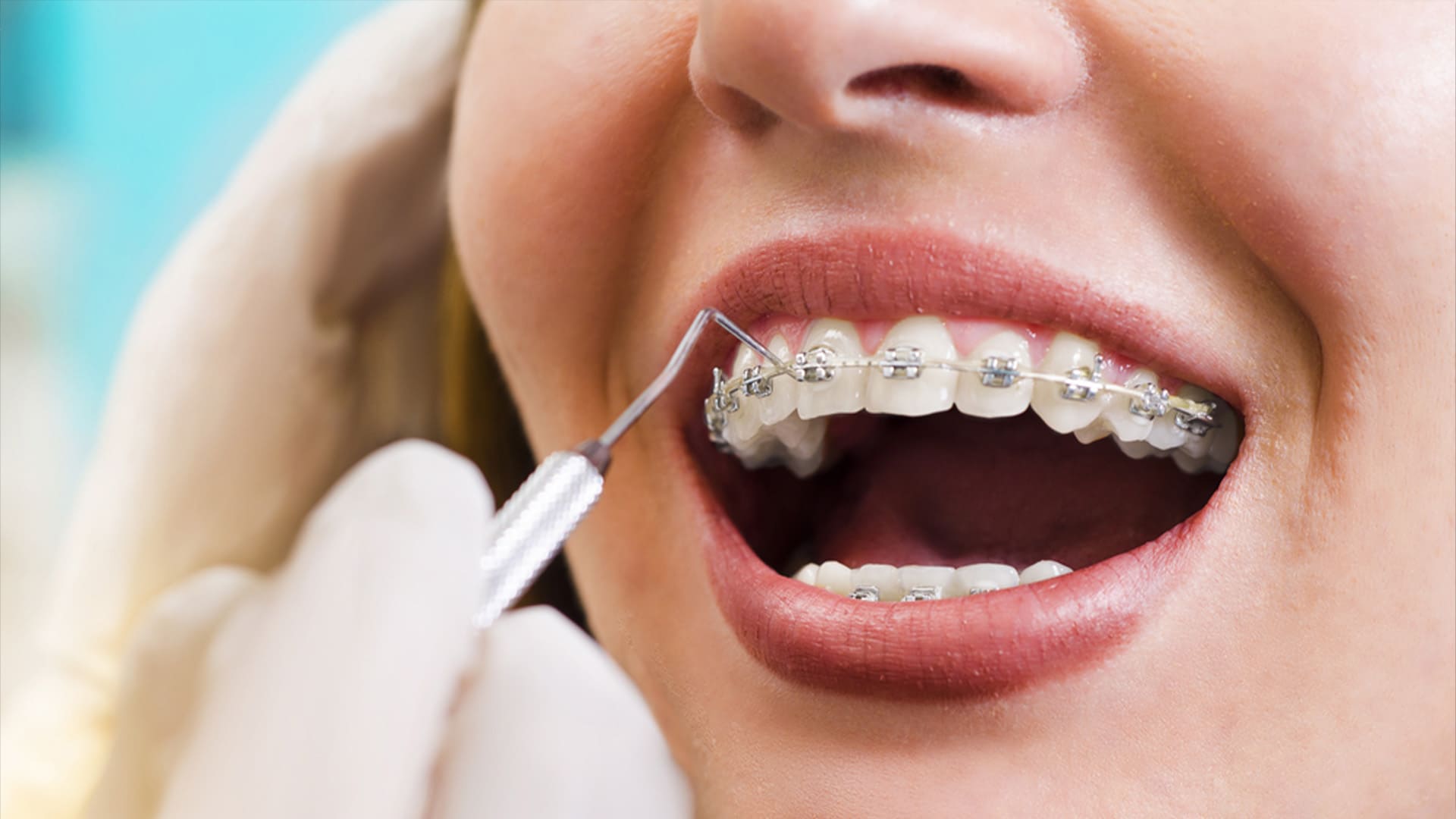A beautiful smile is more than just an aesthetic asset; it’s essential for oral health and self-confidence.
Many individuals turn to orthodontic treatment -braces- to address dental issues and achieve a straighter, healthier smile.
In this article, we’ll explore the reasons why people have braces, examine alternative options, and answer frequently asked questions about orthodontic treatment.
7 Reasons Why Do People Have Braces
Orthodontic treatment, particularly braces, has gained popularity for its effectiveness in addressing a variety of dental concerns. Here are seven common reasons why people choose to have braces:
- Correcting Malocclusions
Misaligned teeth, overbites, underbites, crossbites, and other malocclusions can impact oral function, speech, and overall dental health. Braces gradually shift the teeth into proper alignment, improving both aesthetics and functionality.
- Enhancing Aesthetics
Crooked teeth can affect an individual’s self-esteem and confidence. Braces can transform a smile, straightening teeth to create a more appealing appearance and boost self-confidence
- Resolving Crowding
Overcrowding occurs when there’s not enough space in the jaw to align all the teeth properly. Braces help create space, allowing teeth to shift into their correct positions.
- Closing Gaps
Some individuals have gaps or spaces between their teeth. Braces can gradually move the teeth closer together, closing these gaps and creating a more uniform smile.
- Addressing Speech Issues
In some cases, misaligned teeth or jaw problems can affect speech clarity. Braces can help align the teeth and jaws, improving speech patterns and pronunciation.
- Preventing Dental Problems
Straightening crooked or misaligned teeth through orthodontic treatment can help prevent future dental problems. Properly aligned teeth are easier to clean and maintain, reducing the risk of tooth decay, gum disease, and other oral health issues.
Are There Any Alternatives to Traditional Metal Braces?
While traditional metal braces are highly effective, advancements in orthodontic technology have introduced alternatives that offer more discreet and convenient options. Some alternatives to consider include:
- Ceramic Braces
Ceramic braces function similarly to traditional metal braces but use tooth-colored or clear brackets and wires, making them less noticeable.
- Lingual Braces
Lingual braces, attached to the back of the teeth, are virtually invisible from the front.. They are an excellent option for individuals who seek a discreet orthodontic treatment.
- Clear Aligners
Clear aligner systems, such as Invisalign, use a series of custom-made, transparent trays to gradually shift teeth into alignment. Their removability allows for easier oral hygiene and unrestricted eating.
Orthodontic treatments like braces offer solutions for a range of dental concerns, from misaligned teeth to bite irregularities.
By addressing these issues, braces enhance oral health, boost self-confidence, and improve overall well-being.
With advancements in orthodontic technology, alternative options like ceramic braces, lingual braces, and clear aligners offer discreet and convenient choices for those seeking orthodontic treatment.
If you have any questions or concerns about braces, consult with an experienced orthodontist who can guide you towards the best treatment plan for your specific needs.
FAQs about Why Do People Have Braces
- What are the reasons for having braces?
Braces are used to correct dental issues such as misaligned teeth, bite irregularities, overcrowding, gaps, and jaw problems. They enhance oral health, aesthetics, and overall well-being.
- How do you know if you need braces?
A consultation with an expert orthodontist is necessary to determine if you require braces. They will assess your dental condition, conduct X-rays, and discuss your concerns to provide a personalized treatment plan.
- What is a good age to get braces?
The ideal age for orthodontic treatment varies from person to person. Generally, children and teenagers between the ages of 10 and 14 are good candidates for braces, as their teeth and jaws are still developing. However, orthodontic treatment can be effective for individuals of any age.

